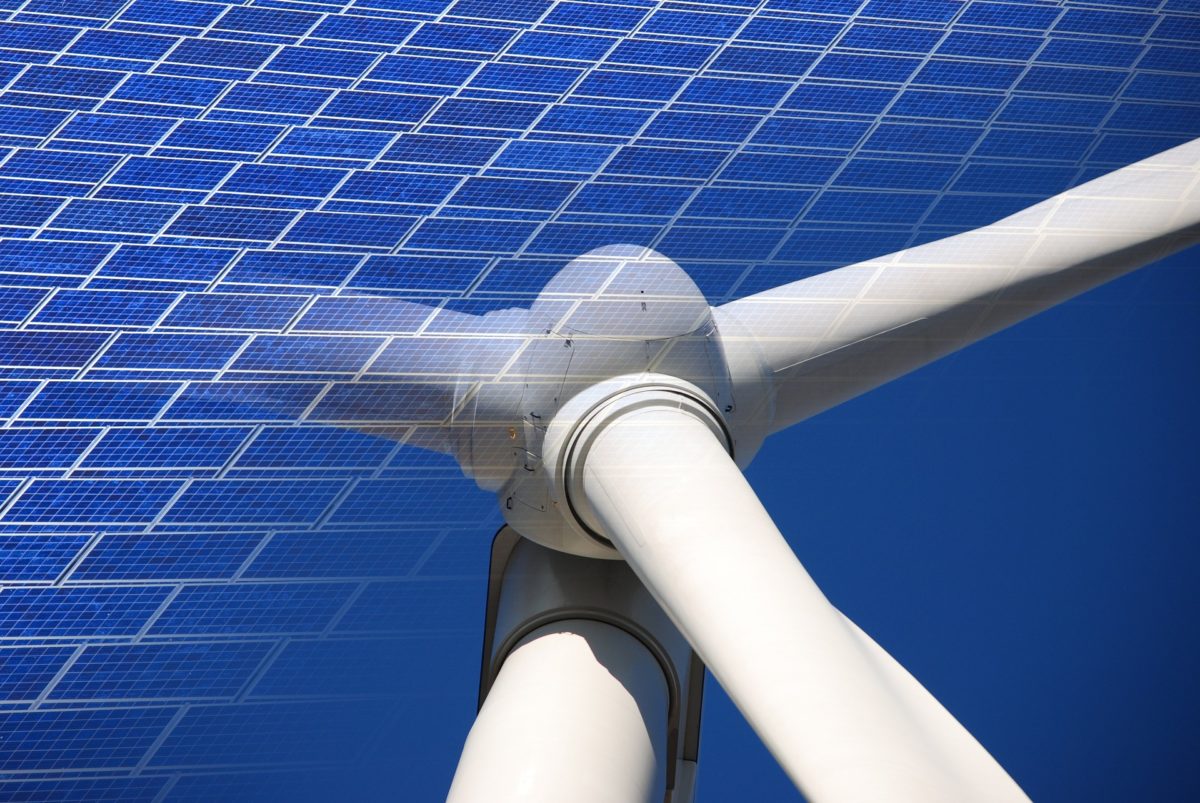Like much of the central Midwest states, solar capacity in Missouri is measured in hundreds of megawatts, as opposed to gigawatts in Illinois, Minnesota and further east. Missouri currently ranks 35th in the United States for solar, with 472 MW of installed capacity through the end of 2022, according to the Solar Energy Industries Association (SEIA).
Missouri is a transportation hub for the U.S. at the junction of its two longest rivers, Missouri and Mississippi. With three of the largest recorded earthquakes to take place in southern Missouri, nuclear power has been avoided from deployments in the state, while coal power continues to represent 74% of the state’s generation portfolio, as well as eight out of the ten largest power plants in the state, according to the Energy Information Association.
The Show-Me State adopted a renewable portfolio standard (RPS) in 2008 requiring its investor-owned electric utilities to generate 15% of their electricity with renewable energy by 2021. The RPS standard required that solar generation account for at least 0.3% of total electricity retail sales by 2021.
Ameren, based in St. Louis and the largest Missouri electric utility, reported in April 2022 that it met the RPS target for 2021. At the beginning of 2022, Missouri had more than 2.2 GW of operating wind farms and ranked 13th in the U.S. for wind power generation in the previous year.
According to American Clean Power’s database, Missouri has 613.4 MW of solar projects advanced stages of construction for the coming years, with the Morris Plains (250 MW, Adair County) and Huck Finn project (200 MW, Audrain County) being the two largest utility-scale projects under development by developers AES Corporation and EDF Renewables, respectively.
Incentives
Missouri allows net metering across residential and business rooftops since 2007, as per the “Easy Connection Act” or PUB-2238, allowing ratepayers to net meter from systems up to 100 kW of capacity from solar, wind or other renewable sources.
Ameren, whose electric service territory encompasses about one-third of the state towards the east, credits ratepayers $0.0287 per kWh generated for excess energy residents generate over the summer months. The utility credits $0.0284 per kWh generated for excess solar energy produced over the winter and spring months. For net metering, residents are charged a one-time fee of $226 per bidirectional single-phased meter per location, or $169 per three-phased meter.
On June 1, 2018, Missouri Senate Bill 564 (SB 564) was signed into law, which provided Ameren Missouri solar programs to offer solar rebates and also enable utility-owned solar. The framework affected programs to begin operations in January 2019.
Community solar
During the 2022 legislative season, shared access to a statewide community solar program came close to passing under SB 824, but community solar has not been officially signed into law in the Show-Me State. Penned by Senator Bill White (R-Joplin), SB 824 proposes the state would implement a community solar pilot program which run for a three-year phase, from 2023 through 2025. The legislation calls for electric utilities to honor the pilot program until the total solar demand from community program subscribers equals 2% of the electric utility’s sales for the previous year.
Third-party entities or subscriber administrators will not be classified as electric suppliers under the community solar bill, leaving them outside of the jurisdiction of the Missouri Public Service Commission, the state’s utility regulator.
Missourians participating in the community program would also receive a credit to offset their electric bill, with the value of that credit to be determined by the PSC. Credits would be determined based on the value of a kilowatt hour of energy. Another credit would also be established for low-to-moderate income residents.
While shared community solar projects are not yet mainstream across the state, Ameren is already operating two of its own community sites under its Community Solar program, with one in Lambert, Mo. (0.9 MW) adjacent to St. Louis Lambert International Airport, and another in Montgomery County (5.7 MW). The company plans to continue investing in renewable energy hubs and customer accessibility across the state over the next several years as part of its commitment to minimizing its carbon footprint.
According to the National Renewable Energy Lab’s “Sharing the Sun” community solar database, over 18 MW of community solar projects were installed across Missouri through early 2022.
Net zero aspirant
In 2022, the city of Columbia, Mo. revised a 2004 ordinance, making a net zero pledge to become 100% renewable powered by December 2030. As of December 2022, its utility Columbia Water & Light purchased or generated 18.2% of its total electricity from renewable energy resources, of which wind (12.9%), landfill gas to energy (2.9%) and solar (2.3%) represented its renewable portfolio, according to the municipality’s website.
Over the past year, the city of Columbia has also grown its net-metered solar portfolio from 3.76 MW to 4.75 MW of installed solar capacity, as 112 new customers added rooftop solar or expanded existing systems in 2022, according to its website.
The average cost for renewable energy in Columbia, Mo. was $37.77 per MWh in 2022, 19.2% higher than $31.67 per MWh for conventional power, the city stated.
Notable installation
On May 7, 2021, Columbia Water & Light celebrated the commercial operations of Truman Solar, a 10 MW utility solar project built by DEPCOM Power in Columbia, Mo. with 35,019 modules on a 90.3-acre site. The solar facility is connected to the 13.8 kV Rebel Hill substation and produced 23.3 GWh of clean energy over its first year at a cost of $44.81 per MWh, representing 1.8% of the city’s total energy system. The City of Columbia holds a 30-year power purchase agreement for the facility.
Up next
Last time, pv magazine reviewed the solar incentives of Iowa. Next time, we will look at the state of solar in Nebraska. Read the full series here.






